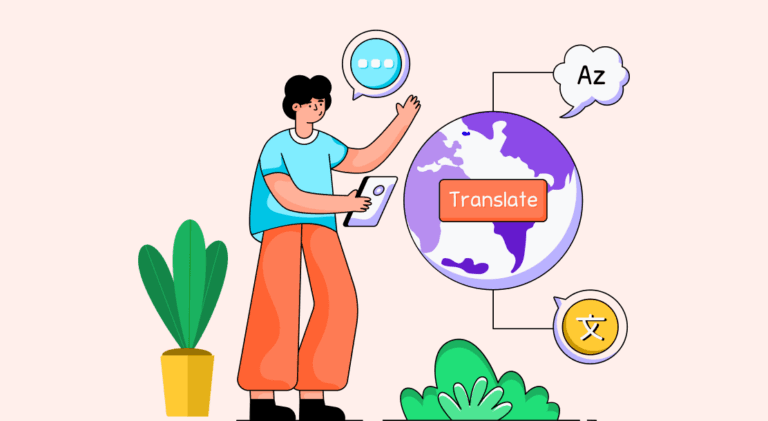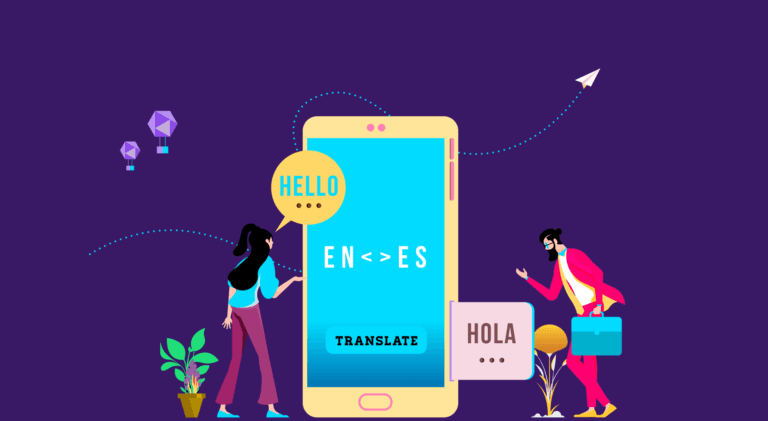Website Translation For Publishing Industry: A Quick Guide

A publishing company produces many types of content, including books, magazines, pamphlets, or even online content. With the world getting smaller daily, companies are aware that their content can reach far and wide. Language barriers should not keep potential customers from availing of a company’s services. Multilingualism becomes even more critical for companies that want to take their business to foreign countries.
Most companies use the services of other website translation companies to translate their web pages accurately. Website translators must do a lot more than simply translate the website word-for-word. They must localize the website by:
- Choosing the words correctly while keeping regionalisms in mind
- Understanding cultural elements that the readers will find familiar
- Setting the relevant currency elements, payment mode, addresses, etc.
- Incorporating local phone numbers, customer care, security labels, etc.
Since it is a technical process, website translators use automation tools to streamline it.
Why do Publishing Companies need Website Translation?
The content published by a publishing company can be read by anyone, which leaves no margin for error. Every rule needs to be respected, all facts have to be checked, and the grammar has to be flawless. Publishing companies need website translation to ensure that the project is perfect.
An imperfect project can damage the company’s prospects and defer any business coming their way. To avoid such a scenario, companies should work only with expert translators who deliver high-quality translations, even under strict guidelines.
7 Steps for Seamless Website Translation in Publishing Companies
Here is a guide for publishing companies that wish to translate websites.
1. Decide the content to be translated
Companies may not want to translate the entire website content. If they want to translate only specific parts of their websites, here are some they might want to consider:
- Service Page: To make it easier for international customers to comprehend how to avail of their services, companies can translate their service page. They would need to localize this page to reach out to their international customers personally.
- Blogs/Articles: To show by example that they are industry stalwarts, publishing companies may choose to translate a few articles or blogs on their websites. It will help the customers to understand the kind of work they publish.
- Testimonials: Testimonials are excellent for companies to let their work speak for them. Famous names in the testimonial section can help build a company’s credibility and assure potential clients that they are in good hands.

2. Be mindful of Search Engine Optimization
Companies aiming to attract international clients should prepare for Search Engine Optimization (SEO) before translating the website content to save time and cost. When hiring web translation services, one must ensure that they have basic SEO know-how. Make a list of keywords related to the publishing industry and ask the translators to incorporate them judiciously. Never forget to translate meta tags!
3. Think about the quality of the website translation
A company’s chances of getting an international clientele depend on its translated website. Hence, it must ensure that the website’s translation quality meets the marketing goals. Companies can opt for one among the following kinds of translation:
● Pure Human Translation: Companies can hire translators or a media translation service who speak the language they will be translating. Native speakers bring a natural flow to the content. It can be more expensive, but it will be a great way to personalize content.
● Raw Machine Translation: By using this method, companies will rely on machine translation platforms like Google Translate or DeepL to carry out media translation. It is a budget-friendly option; however, the translation quality might not be the best.
● Machine Translation Pro-Editing: This method brings the best of the abovementioned methods. A machine translator generates the translation, and a human translator makes the edits.
4. Selecting the correct software for website translation
Choosing translation software can be challenging. Several people are involved in translating a website; hence companies should choose software that makes it easy for them to work. Choose a translation software that:
● Improves the quality of media translation: A good translation tool checks the uniformity of terminology and maintains quality. It also highlights inconsistencies and missing translations.
● Is compatible with different file formats: When many people are working on a translation project, they may have to export it in multiple formats like a simple spreadsheet or an XML file. Ensure that the chosen translation software is compatible with different file formats.
● Is cost and time effective
5. Hiring a good team
If a publishing company chooses to work with a team of translators, it will be better if they are native speakers so that they can creatively express translated sentences. Also, hire a team that is accustomed to working with publishing companies so that they are familiar with the terminologies and style of writing.
6. Frame a plan for website translation
A good website translation plan should clearly state what has to be translated and when. Set appropriate timeframes for different website sections, such as which page should be translated first. When using a team of translators, set dates for each translator to maintain punctuality.
7. Do a test run for the website
It is a step that companies should not disregard. It is not sure that the translations delivered by the translators are free of errors. Therefore, always check before uploading the content. Look for the following types of errors:
● Linguistic errors: Linguistic errors can include spelling and grammatical errors and incorrect translation.
● Functional errors: While looking for functional errors, check all the buttons, links, and landing pages on the translated page.
● Visual errors: Visual error involves checking whether the website’s images suit the cultural sentiments of the other language customers.
Conclusion
Making a website multilingual can be challenging when one doesn’t know where to start. Hopefully, these seven steps will make it easier for new companies to plan their work. The key to an easy website translation process is hiring a trustworthy web translation service. Once that is achieved, the rest is a downhill journey. Use this guide as a roadmap on this web translation journey; one’s website’s reach will cross borders in no time!
FAQs
To begin a web page translation, define your localization strategy and use a translation service.
A website is translated to improve its accessibility in other countries and to extend its reach.
The four types of translation are literary, professional, technical, and administrative.
The basic elements of translation consist of translation, editing, proofreading, machine translation, and post-editing.
Editing is when a second translator, who is a native speaker, edits the translation and corrects the errors.
Latest Blogs
Learn how to rank on AI search engines like ChatGPT, Perplexity, and Gemini by optimizing your content for authority, structure, and relevance. Stay ahead in AI-driven search with this strategic guide.
Explore the best healthcare SEO services for your medical practice. Improve online visibility and effectively reach more patients in need of your services.
Discover top social media agencies specializing in banking solutions, enhancing financial services and driving engagement.
Get your hands on the latest news!
Similar Posts

Translation
5 mins read
All You Need to Know About Language Translation and Terminology Management

Translation
5 mins read
6 Reasons to Translate Content into German

Translation
5 mins read